How Often Should Cleanroom Filtration Systems Be Maintained?
Ensuring optimal performance and maintaining compliance with industry standards in cleanroom environments requires routine filtration system maintenance. Regular upkeep not only extends equipment lifespan but also preserves the integrity of sensitive processes by preventing contamination.
Why Regular Maintenance is Essential
Preventing Contamination
Regularly maintained filtration systems effectively trap airborne contaminants, ensuring your cleanroom maintains the required cleanliness standards. Neglecting this can result in contamination, impacting product quality, safety, and regulatory compliance.
Minimizing Downtime and Costs
Scheduled inspections and timely replacements help avoid unexpected equipment breakdowns, which can disrupt production schedules and lead to costly downtime. Proactive maintenance is a cost-effective strategy, safeguarding continuous operations.
Energy Efficiency
Dirty or clogged filters cause cleanroom systems to work harder, increasing energy consumption and operational expenses. Regular maintenance ensures efficiency, reduces energy costs, and supports environmental sustainability initiatives.
Recommended Maintenance Frequency for Cleanroom Filtration Systems
Monthly Visual Inspections: Regular visual checks to identify early signs of wear, leaks, or dirt accumulation.
Quarterly Deep Cleanings: Detailed cleaning and inspection of all system components, including disassembly and reassembly as needed.
Biannual Comprehensive Evaluations: Thorough system checks, performance evaluations, and detailed assessments conducted twice a year.
Filter replacements generally occur every six to twelve months, depending on system use and filter type.
Factors Influencing Cleanroom Maintenance Frequency
ISO Classification: Higher-class cleanrooms (e.g., ISO Class 5) require stricter and more frequent maintenance schedules.
Environmental Conditions: Cleanrooms in areas with high environmental pollution or dust levels need increased maintenance frequency.
Usage Intensity: Continuous 24/7 operation leads to faster wear and necessitates more frequent checks and replacements.
Conducting annual assessments of these factors ensures that your maintenance schedule remains optimal for your cleanroom’s specific operational and environmental conditions.
Step-by-Step Guide for Routine Maintenance Checks
Visual Inspections: Regularly check for visible dirt, leaks, and damage.
Differential Pressure Monitoring: Use pressure gauges to monitor airflow and determine filter conditions.
Pre-filter Replacement: Replace pre-filters every three to six months, as they trap larger particles and protect the main filters.
Quarterly Deep Cleaning: Thoroughly clean all filtration components, replace filters as necessary, and inspect mechanical and electronic parts for potential issues.
Expert Consultation for Tailored Maintenance Plans
Given the unique requirements of each cleanroom environment, consulting filtration experts is essential. Specialists can provide customized recommendations tailored to your specific operational and environmental needs.
Experts can also advise on advanced filtration technologies and maintenance techniques that enhance your current system performance, ensuring ongoing compliance with rigorous industry standards.
For personalized guidance on maintaining your cleanroom’s filtration systems and enhancing overall performance, contact CleanAir Solutions today.
Conclusion
Regular maintenance of cleanroom filtration systems is crucial for preventing contamination, minimizing operational downtime, and achieving energy efficiency. Following the recommended maintenance schedules and adapting to your cleanroom’s specific needs ensures consistent compliance, optimal performance, and operational excellence.

